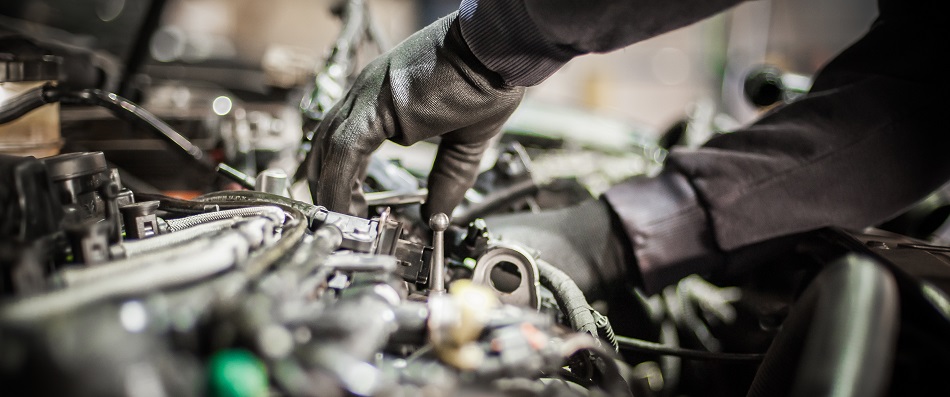
Restore Engine Performance with Professional Carbon Buildup Removal
Modern direct injection engines are engineered for performance, cleaner emissions, and fuel efficiency. However, they also come with a common drawback: carbon buildup on intake valves. At Dickinson Service Center in Hickory, we specialize in intake carbon cleaning to help restore lost horsepower, improve fuel economy, and keep your engine running at its best.
Why Carbon Buildup Happens in Direct Injection Engines
In traditional port fuel-injected engines, fuel passes through the intake ports and helps clean the valves as it moves into the combustion chamber. But in direct injection (DI) engines, fuel is injected directly into the cylinders, bypassing the intake valves altogether. Without fuel or detergents washing over them, carbon deposits begin to accumulate on the back of the intake valves, particularly in vehicles:
- Driven primarily on short trips
- That idle frequently or aren’t driven at high RPMs
- With worn valve seals or increased engine blow-by
As this carbon buildup increases, it restricts airflow into the engine, leading to loss of power, reduced fuel efficiency, and in some cases, misfires or stalling.
Symptoms of Intake Valve Carbon Buildup
Carbon deposits may begin affecting performance as early as 20,000–30,000 miles, especially in early-generation DI engines. Watch for these signs:
- Rough idling or engine vibration
- Hesitation during acceleration
- Cold start misfires
- Check engine light with misfire codes
- Decreased miles per gallon (MPG)
- Reduced throttle response and overall performance
If you're experiencing any of these issues, Dickinson Service Center in Hickory can help with a complete intake carbon cleaning service.
Our Carbon Cleaning Process
At Dickinson Service Center, we use a multi-step process to safely and thoroughly remove carbon deposits from your intake system. Our team utilizes industry-approved equipment and techniques, including walnut blasting, to restore your engine’s airflow and efficiency.
Here’s how it works:
- Visual inspection with an internal camera to confirm carbon buildup
- Removal of the intake manifold, ignition coils, and spark plugs
- Manual scraping of heavy deposits around the intake valves
- Walnut shell blasting to restore a clean, smooth intake surface
- Reassembly and cleaning of all removed components
- Optional spark plug replacement if plugs are due, with no additional labor cost
This service is essential for maintaining peak performance in vehicles with direct injection technology.
Benefits of Intake Carbon Cleaning
Performing a professional intake carbon cleaning offers several performance and long-term benefits, including:
- Restored engine power and throttle response
- Improved fuel efficiency and MPG
- Reduced emissions and cleaner exhaust output
- Smoother idling and cold start performance
- Extended engine life and reduced repair risks
It’s a preventive maintenance service that pays off in performance and peace of mind.
How to Prevent Future Carbon Buildup
While carbon buildup is common, especially in DI engines, there are steps you can take to reduce its severity:
- Use high-quality synthetic oil and change it every 5,000 miles
- Use top-tier fuel with detergent additives
- Occasionally, drive at higher RPMs to allow heat to burn off deposits
- Keep your spark plugs and PCV system in optimal condition
- Ensure your ECU has the latest factory software updates
Our team at Dickinson Service Center can help you maintain these systems and keep carbon buildup at bay.
Schedule Your Intake Carbon Cleaning in Hickory Today
If your engine isn't performing like it used to, or you're seeing signs of misfires, hesitation, or reduced mileage, don't wait for the problem to worsen. Schedule your intake carbon cleaning service at Dickinson Service Center in Hickory, NC today.
Call us at 828-294-4110 or schedule your appointment online at https://dickinsonservicecenter.com/.